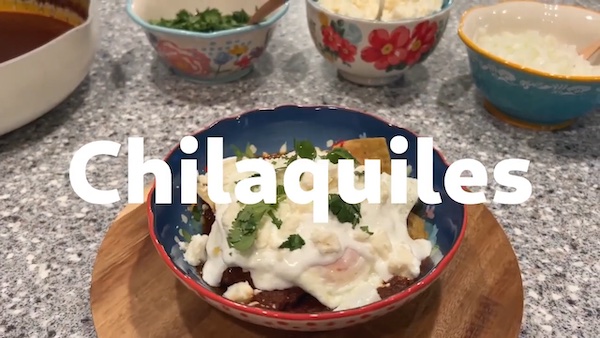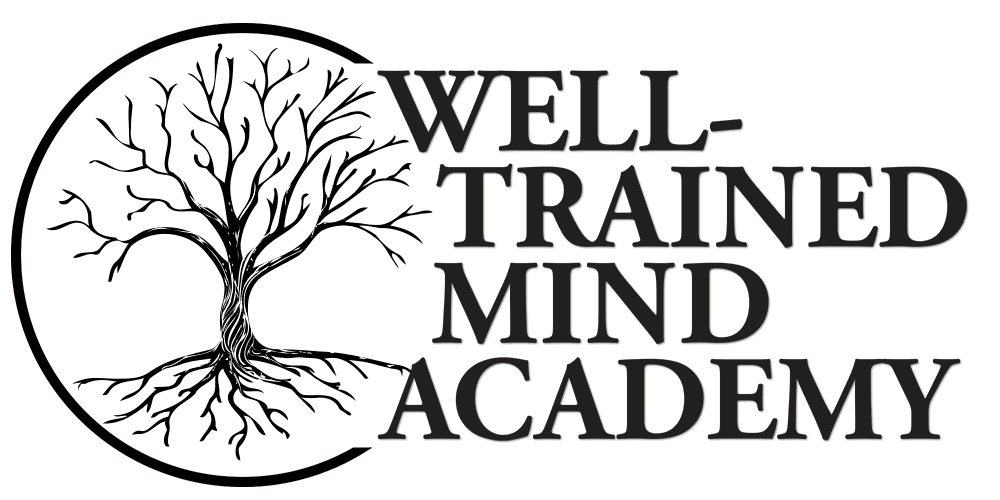Cooking Up Culture: Ayden’s Final Spanish II Project

By Rebecca Mengle, Spanish II Instructor
At the end of Spanish II, students bring their learning to life through a final unit focused on two essential cultural experiences: making plans with friends and navigating a restaurant setting. While many students opt for the first project option, writing and responding to invitations, Ayden chose the second, more culinary route: recording an instructional cooking show.
For this option, students were asked to teach the audience how to make a party-perfect dish from the Spanish-speaking world. The task wasn’t just about reading the steps of a recipe, it required them to:
- Identify the dish and explain why it’s a good party option
- Describe the dish using rich, descriptive adjectives
- List all ingredients
- Share a piece of history about the dish
- Explain where the dish is commonly eaten
- Present at least five clear steps to prepare it using recommendations and/or commands
Beyond cultural exploration, this project pushed students to apply food-related vocabulary, cooking verbs, the past tense, recommendation expressions, and commands with direct object pronouns. In classes, the goal is always to find and practice real-world applications of the vocabulary and grammar introduced and tie language to culture, which are intrinsically intertwined. It’s a perennial favorite that often feels more like a celebration than an assignment and this year, Ayden’s work was a standout example of everything this project can be.
When asked to reflect on the project, Ayden had the following to say:
“I would just like to say that I really enjoyed the experience of learning how to make a really delicious dish. It was also a memorable experience that helped me to cement and review vocabulary that we had worked on all year as well as realize instances where this vocabulary could apply in my daily life. It was also a longer project so I had to think about how to transition between different ideas, and I was able to practice speaking a lot of different words.”
Ayden chose to showcase an authentically Mexican version of a dish many Americans know simply as “nachos”, but which in Mexico is better known as “chilaquiles”. While most students stick to popular and familiar recipes like fajitas, churros, or flan, Ayden ventured off the beaten path. He worked with traditional ingredients like dried peppers and tomatillos, and even made his own salsa from scratch, a bold choice that has never been attempted in student projects.
What truly set Ayden’s project apart was the thoughtful composition and presentation. His video felt like a real cooking show, complete with well-edited clips, a clear structure, and a polished script. His Spanish was confident and fluid, with excellent pronunciation and grammatical control. He brought in a variety of grammatical structures that helped his delivery feel natural and authentic.
Most importantly, Ayden clearly understood the heart of the assignment. He chose a recipe that works well for parties, noting in the video that the only prep needed is the salsa and toppings which allows guests to build their own servings. In a fun and thoughtful touch, Ayden laid out the toppings as if he were truly hosting a party, bringing the cultural and social aspect of food to life.
Ayden’s project was more than just a cooking demo. It was a vibrant celebration of language, culture, and creativity.
¡Buen trabajo, Ayden!
